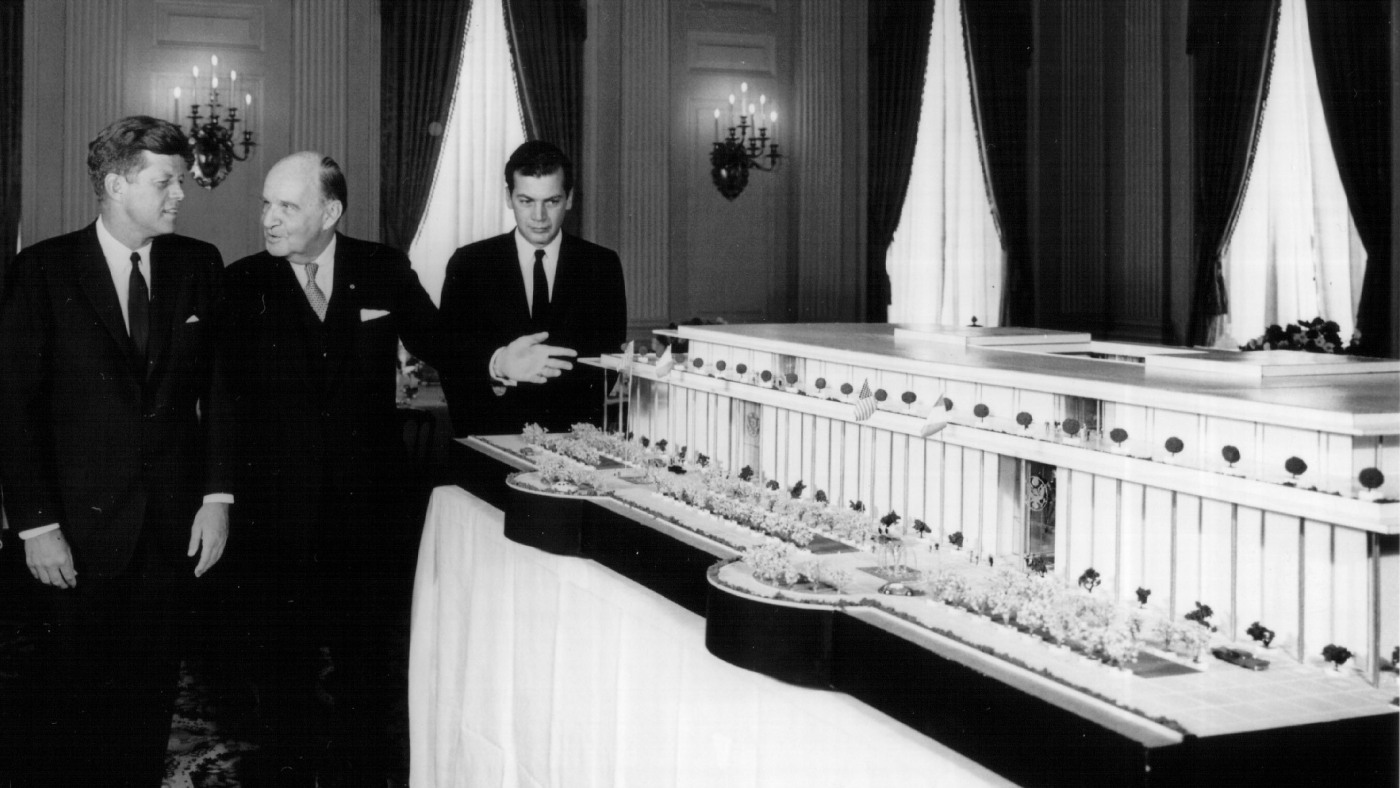Make a loose fist with your hand. Now press the thumb against the inside of the forefinger. Or let it rest on top. You should look as though you are giving an invisible cash note to someone. Excellent. You are doing the Clinton Thumb (or the Obama or Blair or Cameron Thumb). Use this gesture to emphasise a point when speaking. It conveys firmness and resolution, without the arrogance that is implicit in a jabbing finger.
There concludes our first lesson in Politics Before Donald Trump. Next week: message discipline. Come with a rote phrase, such as “we’re all in this together”, and prepare to repeat it, regardless of context.
Young readers no doubt think I am hamming up how robotic and over-managed politics was in the recent past. Well, trawl YouTube, friends. If nothing else, the rise of Trump has exposed a widespread public fed-up-ness with uniformity and standardisation. I wonder if the same revolt is spreading to other fields.
Take my own world, the media. Why do podcasts do so well? Because, in the end, they are messy, elliptical, digressive and everything else that broadcast theory abhors. (In the case of Joe Rogan, perhaps the biggest media figure in the anglophone world, there can’t be much difference between his on-air and off-air speech.) The tight professionalism of linear radio is now, for millions of us who were raised on it, unlistenable in comparison.
Even the world’s favourite sport, so long in the intellectual grip of the micromanaging perfectionist Pep Guardiola, might be loosening up. Arsenal, coached by one of his apostles, are impressive, as the inside of a Swiss watch is impressive. The spacing between players is just so. Free kicks and corners are choreographed to ballet standards. Even in open play, we fans know that a sequence of rehearsed moves will get the ball to the right flank, where opposition defenders will then flock, at which point a diagonal pass will release the spare Arsenal forward in the underpopulated left-centre zone.
It is the most “engineered” football in the world, give or take that of Pep’s own Manchester City, another team that is easier to admire than to love. But both are having disappointing seasons. A slightly freer Liverpool are thriving, with a not obviously better squad. If they clinch the Premier League, the era of over-coaching — the bane of modern fans — should recede.
Years ago, this column regretted the “death of the maverick”. The argument was that in most industries there is so much data about what works that everyone converges on the same way of doing things. Songwriters know to put a hook in the first 30 seconds to keep Spotify listeners from skipping a track. New-build apartments have the same kitchen-lounge plan. Football had become rigid. My mistake was to not anticipate that people would at some point revolt. How strange that politics, which is so often downstream of trends elsewhere, would go first. Watching Trump’s distressingly effective inaugural speech, I nursed one consolation. His success sends a signal to other over-managed sectors: there are rewards for deviating from strict form.
I am writing this in Los Angeles, where I once lived. It has no dominant architectural style. It has no obvious centre. (“Downtown” is something of a misnomer.) A bleak strip mall might contain a jewel of a restaurant or gallery. In its lack of pattern, it is more like life, more like the flux of experience, than all but one rich-world city I can think of.
After the Great Fire of London in 1666, various geniuses submitted plans to rebuild the place from first principles. Most wanted to bring some Euclidean order to the labyrinth. Their designs — full of right angles and other atrocities — got nowhere. Otherwise, London would now be a ghastly grid or (Christopher Wren’s idea) another European piazza-and-boulevard set-up.
Well, LA, London’s one rival as the least designed of the great western cities, will have to change in lots of ways. Even before its recent trauma, it had problems. In the end, though, as long as something in the human id chafes against structure and regimentation, the appeal of this place can’t dim.
Email Janan at janan.ganesh@ft.com
Find out about our latest stories first — follow FT Weekend on Instagram and X, and sign up to receive the FT Weekend newsletter every Saturday morning











































